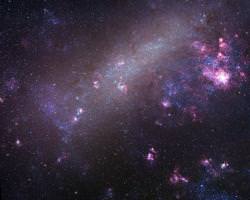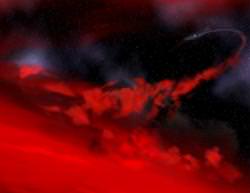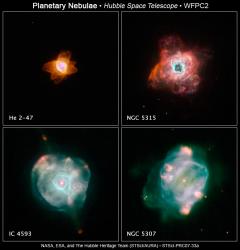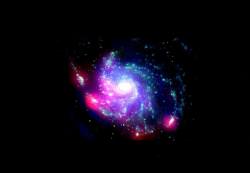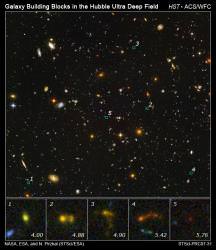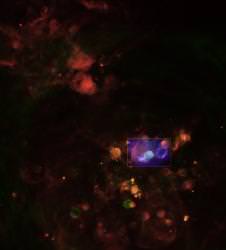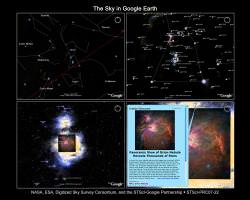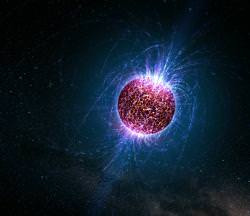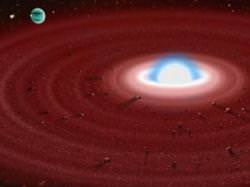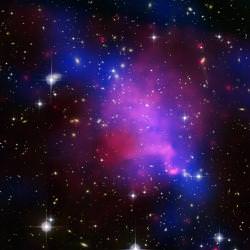The Milky Way is surrounded by a cloud of smaller dwarf galaxies in various stages of destruction. Our galaxy’s gravity is tearing them apart and adding their stars to the galactic halo. The two largest and most familiar are the Large and Small Magellanic Clouds; only visible from the Southern Hemisphere. According to new research, this might be the first time these objects have ever met the Milky Way. After we’re done with them, it won’t be a pretty picture.
The Magellanic Clouds were first named after the explorer of the same name. To the unaided eye, they look like large glowing clouds. They’re both irregular galaxies; the larger is about 1/20th the size and has tenth the mass of the Milky Way, and the smaller cloud is even, well, smaller.
Astronomers from the Harvard-Smithsonian Center for Astrophysics recently calculated the three-dimensional velocities of the two galaxies with greater accuracy than ever before, and found they were strangely high. There can really only two explanations for this: either the Milky Way has more mass than astronomers believe, or the clouds aren’t actually gravitationally bound to our galaxy.
In other words, the two galaxies are on their first pass by the Milky Way.
This new result creates problems, though. The Milky Way is known to have a significant warp in its disk. Astronomers explained this warp through the gravitational interaction between our galaxy and the Magellanic Clouds. But if this is their first pass through, it doesn’t explain the warp. Another problem is a long trail of hydrogen gas streaming behind the clouds. Once again, if this is the first interaction, it couldn’t explain how a tidal stream of hydrogen could be stretched out.
The researchers are next planning to focus on the origin on the stream of hydrogen, trailing behind the clouds. If they can find a different source, it gives strength to the theory that the clouds are here for the first time.
Original Souce: CfA News Release

